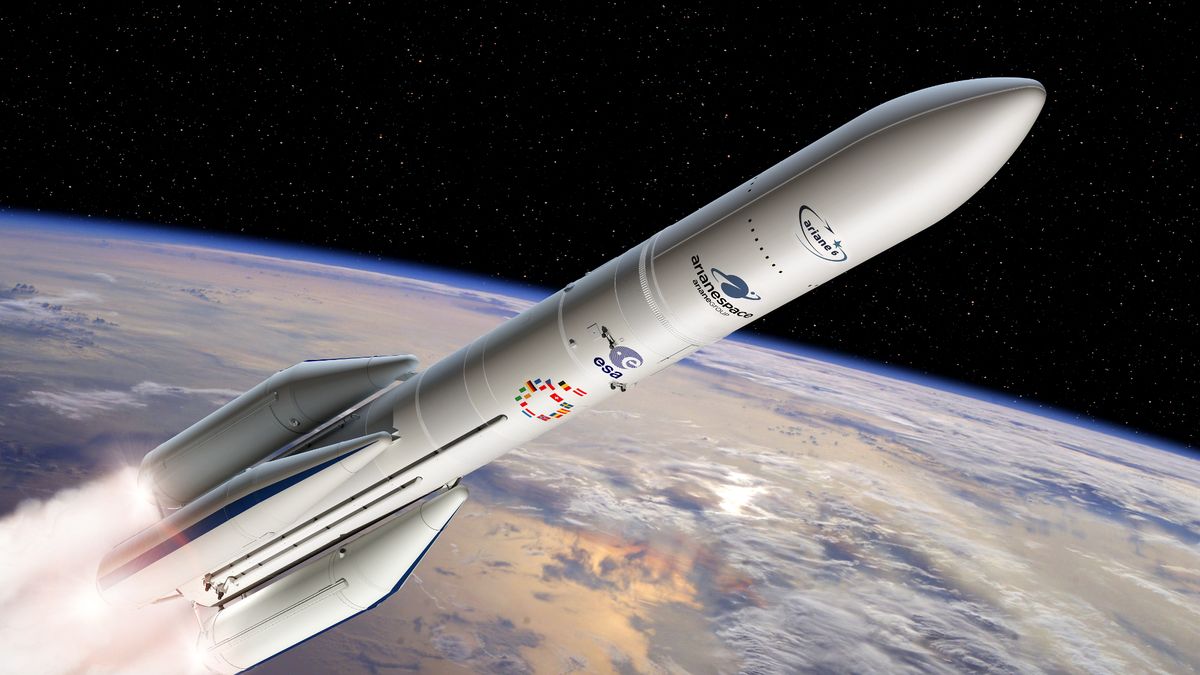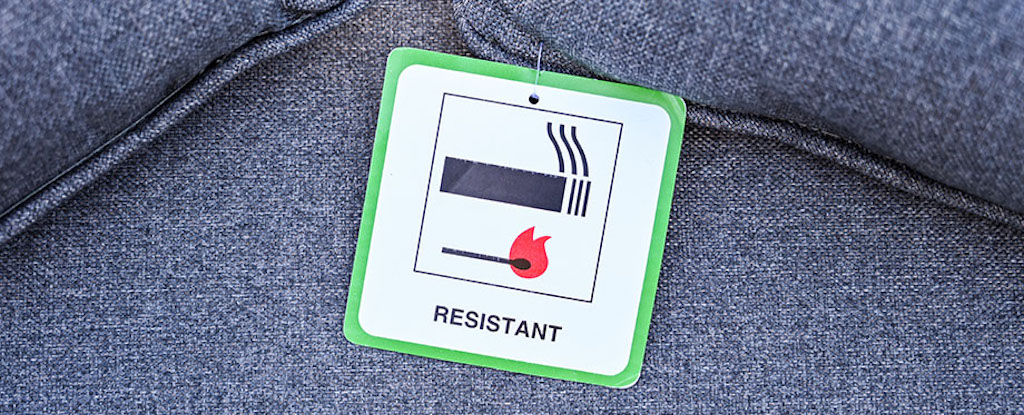Total Eclipse Of The Sun Set For April 8
A total eclipse of the sun is set to appear in the skies from Texas to Maine on the afternoon of April 8.
Millions are expected to witness this rare event, attracting both enthusiasts and scientists.
The eclipse will begin in Texas at 1:27 pm CDT and end in Maine at 3:35 pm EDT.
It will cast midday darkness along its path, and eclipse glasses are essential for safe viewing.
While obtaining these glasses remains feasible, detailed weather forecasts are awaited.
Major cities along the eclipse’s trajectory will experience totality, but partial views will be visible across the lower 48 states.
Schools are closing to ensure students’ safety and to allow families to experience the eclipse together.
The last solar eclipse visible over the US was in 2017, and it won’t occur in such an accessible fashion again until 2024.
It’s crucial to use eclipse glasses that meet safety standards to protect your eyes, as counterfeit products can pose risks.
unbranded – Newsworthy
Mother Nature might eclipse the eclipse, top meteorologists told USA TODAY Thursday when asked about the weather forecast for the April 8 spectacle, now just 10 days away.
The total eclipse will pass over parts of roughly a dozen states as it traverses from Texas to Maine on the afternoon of April 8. Millions of people are expected to travel to see it, which will also attract scientists from across the country to study its unique effects on the Earth and its atmosphere.
The full total solar eclipse experience will plunge people along a narrow path into darkness midday, but people outside the path of totality can still use eclipse glasses (maybe free eclipse glasses) to see the moon pass in front of the sun.
That is, if clouds don’t get in the way.
The forecast from the federal government’s Climate Prediction Center for April 8 calls for “widespread cloudiness and precipitation for much of the eastern half of the nation,” said meteorologist Anthony Artusa. “This, of course, is not favorable for good viewing conditions near the path of totality on April 8th.”
AccuWeather meteorologist John Feerick was also on the pessimistic side, predicting “lots of clouds” from eastern Texas up through the Ohio Valley on April 8.
Both forecasters interviewed admit it’s difficult to say for certain about the weather this far ahead. Artusa said that trying to forecast daily weather conditions this far out is “very challenging, and this fact cannot be overstated.”
And some eclipse chasers say clouds aren’t a deal-breaker. The shadow of the moon will plunge everything in its narrow path of totality into darkness, regardless of whether there’s clouds in the sky, and writer and eclipse chaser Jamie Carter on WhenistheNextEclipse.com advises anyone who has never seen an eclipse to not be intimidated by clouds.
Meanwhile, the early forecasts also have a surprise for people living in the northeast: They show that the farther northeast you go, the better the chances of clear skies might be. That’s the opposite of historical trends for cloud cover.
Surprising early cloud forecast for eclipse
“At this early stage, computer model runs depict a developing storm over the Southeast around the time of the eclipse, with extensive cloudiness and precipitation overspreading much of the eastern half of the nation,” Artusa said.
Surprisingly, these early forecasts show that the farther northeast you go, the better the chances of clear skies might be. “Northern New York state through interior New England seems to be the best option,” Artusa added.
Weather.com’s Jonathan Erdman, in an online forecast released Thursday afternoon said “parts of the Northeast may see less cloud cover and precipitation,” when compared to the socked-in central U.S.
How do I watch the 2024 solar eclipse, if clouds don’t block it?
There are a few ways of watching the eclipse:
- Get the full experience in person: If you’re in a narrow band of U.S. land that spans from Texas to Maine, you could see the moon block the sun and its shadow cast a night-like darkness over Earth for a few minutes. You could briefly be able to look up without eye protection and see the moon block the sun.
- Watch from outside the path of totality: Much of the U.S. could get a partial view of the eclipse that isn’t nearly as impressive as being in the path of totality. Earth won’t be plunged into complete darkness and you’ll have to wear protective eyewear to see the moon partially block the sun.
- Watch a livestream: Check back on April 8 for a video feed from the path of totality. It’s not the same as being there in person, but hey, at least you won’t have to sit in traffic.
What time is the solar eclipse on April 8?
The eclipse will begin in Texas at 1:27 p.m. CDT and end in Maine at 3:35 p.m. EDT, but the exact time of the eclipse varies by where you are in its path.
You can search by zip code to find the exact time for your location.
Where will the April eclipse be visible?
All of the lower 48 U.S. states could see the moon at least clip the sun, but that sight is a trifle compared to being in the path of totality.
Because the narrow path includes or is near some of the nation’s largest cities, expect millions of people to crowd into a band of land a little over 100 miles wide that spans from the Texas/Mexico border to the Maine/Canada border.
Here are the major cities in each state where you can expect to experience totality (note that the included times do not account for when the partial eclipse begins and ends):
- Dallas, Texas: 1:40-1:44 p.m. CDT
- Idabel, Oklahoma: 1:45-1:49 p.m. CDT
- Little Rock, Arkansas: 1:51-1:54 p.m. CDT
- Poplar Bluff, Missouri: 1:56-2:00 p.m. CDT
- Paducah, Kentucky: 2-2:02 p.m. CDT
- Carbondale, Illinois: 1:59-2:03 p.m. CDT
- Evansville, Indiana: 2:02-2:05 p.m. CDT
- Cleveland, Ohio: 3:13-3:17 p.m. EDT
- Erie, Pennsylvania: 3:16-3:20 p.m. EDT
- Buffalo, New York: 3:18-3:22 p.m. EDT
- Burlington, Vermont: 3:26-3:29 p.m. EDT
- Lancaster, New Hampshire: 3:27-3:30 p.m. EDT
- Caribou, Maine: 3:32-3:34 p.m. EDT
NASA doesn’t certify solar eclipse glasses
In the lead-up to the highly anticipated total solar eclipse, the online marketplace had been flooded with manufacturers claiming to be selling protective eyewear approved by NASA.
The seal of approval from one of the world’s leading space agencies sounds prestigious, doesn’t it?
It should also be a surefire sign for you to avoid that particular product if possible.
Not because the U.S. space agency isn’t reputable or knowledgeable when it comes to all things cosmic. But rather because NASA is just not in the business of endorsing any sort of merchandise.
Online marketplaces are flooded with retailers selling solar eclipse glasses they claim have the NASA seal of approval. Consider that a red flag to look elsewhere.
Should I wear eclipse glasses while driving?
No! Eclipse glasses are far darker than regular sunglasses, and they block the sun’s intense infrared and ultraviolet lights from harming human eyes. And because they block out almost all visible light, you should not wear them while driving.
“Anyone operating a vehicle should not be attempting to look up at the sky during the eclipse – their eyes should be on the road,” said Aixa Diaz, a spokeswoman from AAA. “Eclipse glasses are for eclipse viewing, not driving. They shouldn’t be treated like normal sunglasses.”
Will clouds really ruin the eclipse?
Clouds are just part of weather, and as noted in the latest forecast above, it’s likely that some of the millions of people in the path of totality for April’s total eclipse will have to endure overcast skies that will impact the experience.
But determining how clouds would change your view depends on the types of clouds – and which expert you ask. Some advise eclipse watchers to not worry about the skies, others say an overcast sky can ruin the experience.
Before last year’s annular solar eclipse, National Weather Service meteorologist Tim Daldrup told Oregon Public Radio that if clouds are in the forecast, you should hope for the “right kind of clouds.”
“If we wanna see it, we’ll want the higher-level clouds,” Daldrup told OPR. “Those tend to be the more feathery cirrus clouds that can still be seen through. They might obstruct the eclipse but you can still see it.”
Cirrus clouds would be in contrast to some of the more eclipse-unfriendly clouds, such as a thick deck of lower-level stratus or cumulus clouds that would likely completely block the sun.

Daisy Hips is a science communicator who brings the wonders of the natural world to readers. Her articles explore breakthroughs in various scientific disciplines, from space exploration to environmental conservation. Daisy is also an advocate for science education and enjoys stargazing in her spare time.







